Madame Blavatsky remains in the memory of many as a philosopher, remarkable thinker, writer, and historical mystic figure who caused a profound reawakening in religious consciousness and profoundly influenced the life and spirituality of several people.
From her aristocratic background –filled with masonic mysticism– to her adventurous travels around the world and the formation of one of the world’s most influential spiritual societies in western esotericism;
Here are 20 facts about Madame Blavatsky, Theosophy’s Russian Mystic and founder.
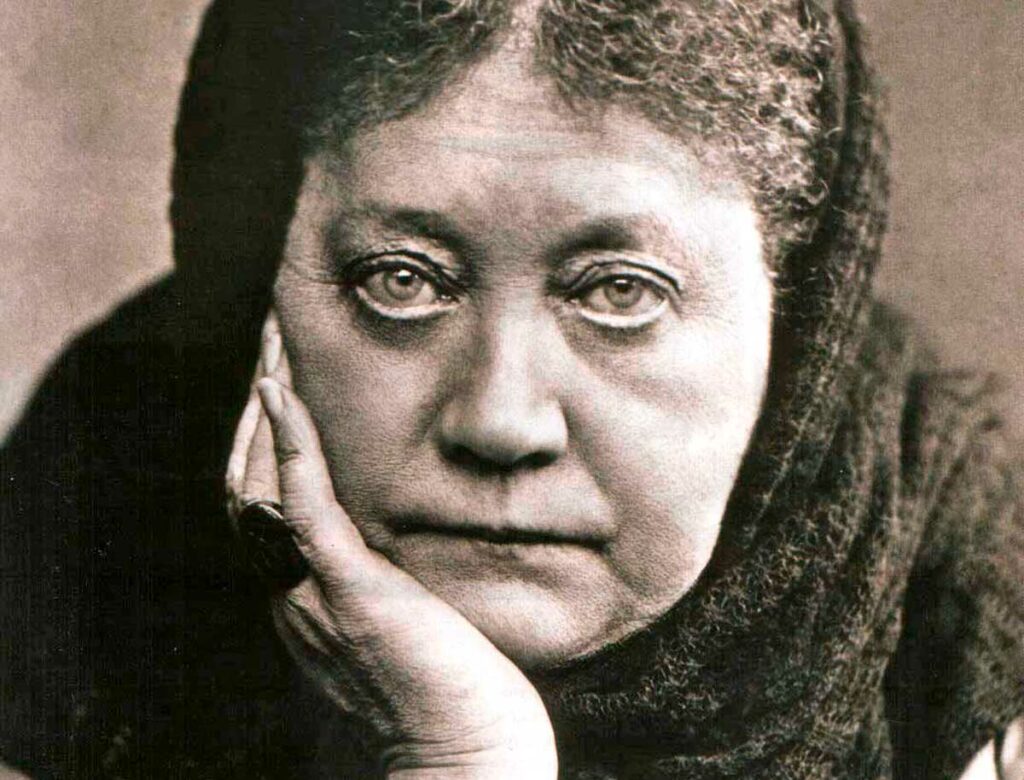
Madame Blavatsky is Not Her Real Name
Madame Blavatsky, also known as Helena Blavatsky, was born Helena Petrovna von Hahn on August 12, 1831, in Ekaterinoslav (now known as Dnipropetrovsk), in Ukraine.
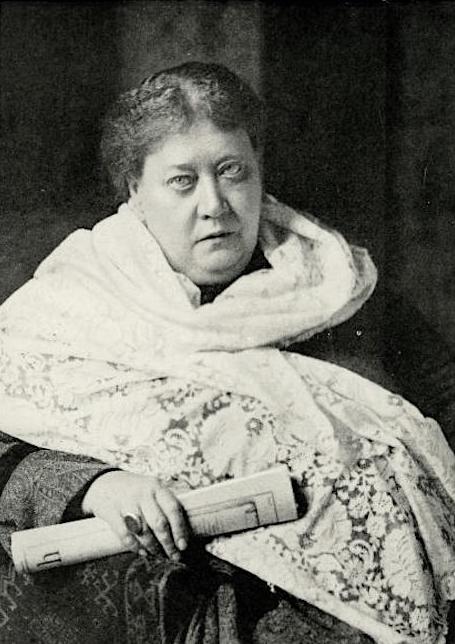
Her Father’s With Russian Nobility
Her Father, Pyotr Alexeyevich von Hahn, was a part of the Russian nobility, a member of the German von Hahn aristocratic family.
He initially served as a captain in the Russian Royal Horse Artillery but would rise through the ranks and go on to become a colonel.
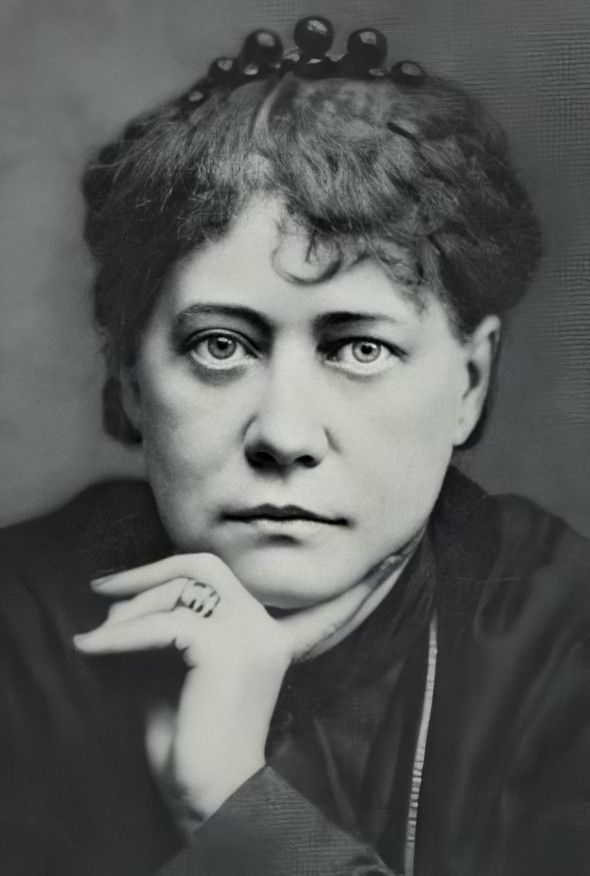
Her Mother Was Also From Aristocratic Stock
Her mother, Helena Andreyevna von Hahn, was also of aristocratic stock. She was the daughter of Princess Yelena Pavlovna Dolgorukaya, another Russian noblewoman from the very influential house of Dolgorukov.
Helena’s mother was a well-renowned novelist until she passed away in 1842 from tuberculosis at the very young age of 28. Helena was eleven years old at the time. She had two more children after Helena, including one that never passed infancy.
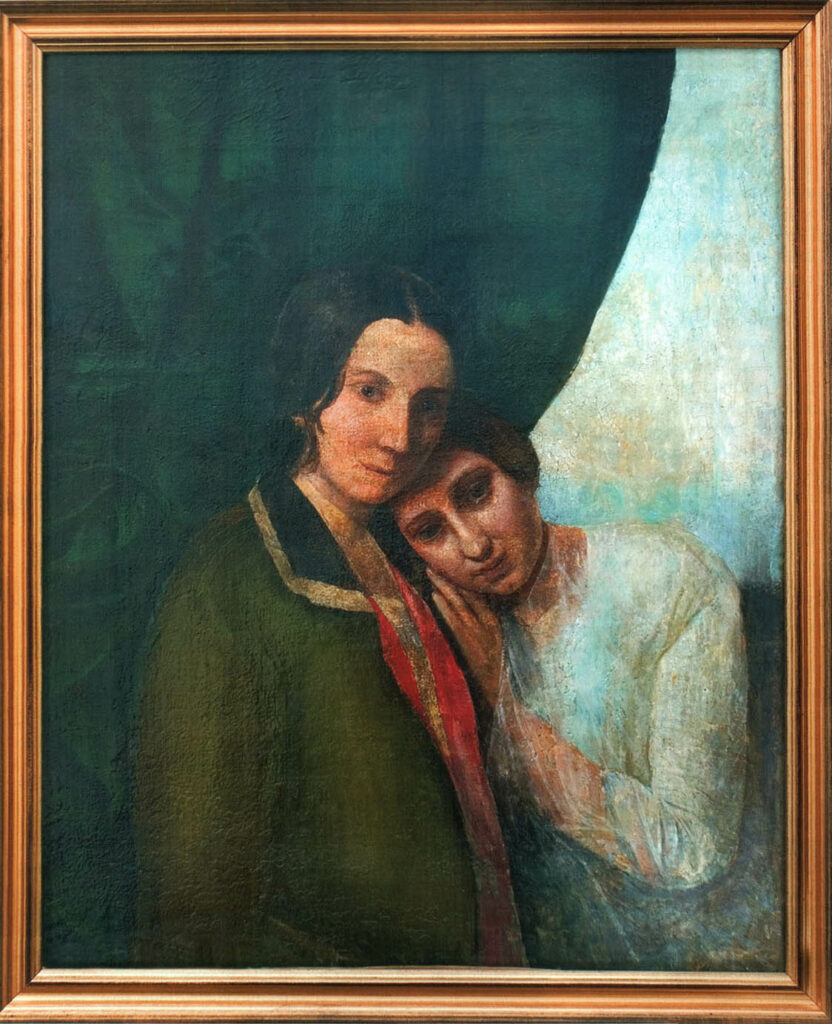
Her Cousin Was The Prime Minister
Helena Blavatsky’s cousin, Sergei Witte, became the first prime minister of the Russian empire.
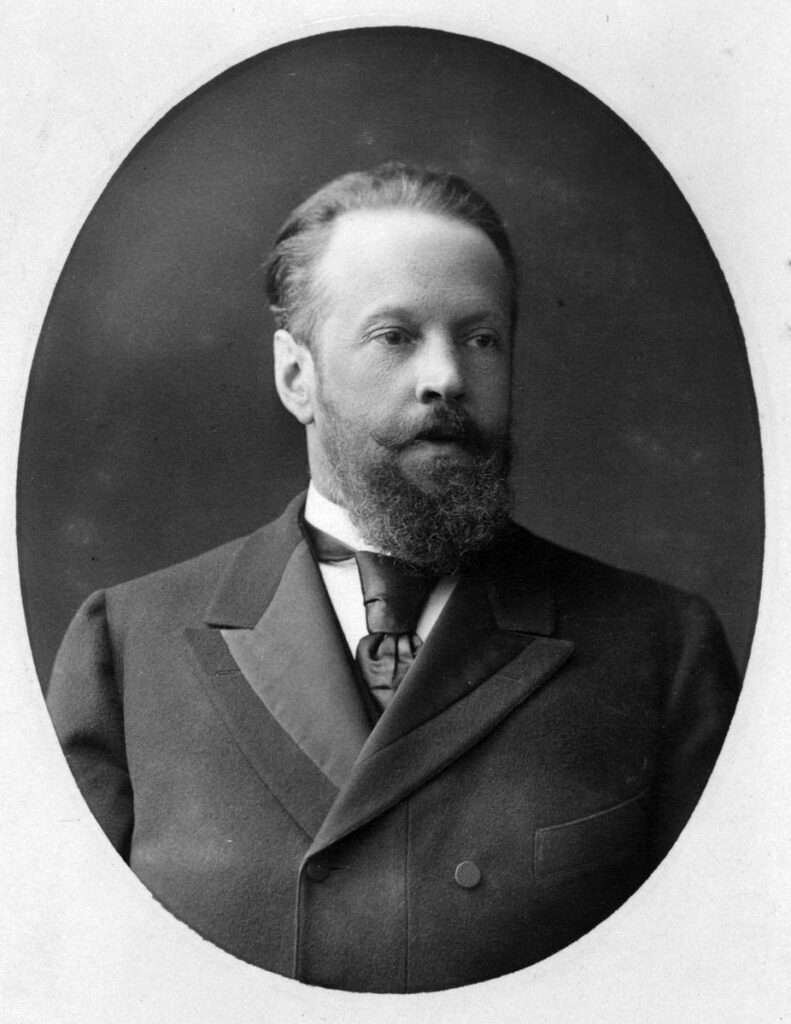
Helena Started Out Christian
Helena was baptized into the Russian Orthodox Church. However, she and her mother lived in Astrakhan with Helena’s grandfather, who worked with local Tibetan Buddhists. This is where Helena got her first introduction to Buddhist doctrine.
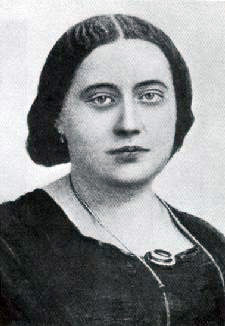
It Began with Access to A Vast Library
After her mother’s death, Helena was sent to Saratov to live with her grandparents. Her grandfather was the Civil Governor there, and Helena’s grandmother, Princess Yelena Pavlovna Dolgorukaya, was a particularly fascinating character.
According to the book Madame Blavatsky by Gary Lachman, she was a self-taught noblewoman who taught herself Greek, classical literature, arts, botany, and archaeology. It is important to note that this was when women weren’t allowed access to much education.
Her grandparent’s house at Saratov is described as having a lot of underground tunnels and a massive library that contained some intriguing books on alchemy and occultism that Helena’s grandmother had inherited from her father, Prince Pavel Vassilyevich Dolgorukov.
Helena’s access to her grandfather’s library in her formative years was a major catalyst in her journey to mysticism. She searched for truths and answers to questions about the universe. Luckily for her, many of the texts in her grandfather’s library were related to that.
Most of these books were written during the Age of Enlightenment, a broad movement of people and ideologies that advocated for a move away from the status quo.
It took a different look at monarchy, feudalism, and fixed dogmas of the church towards a society rooted in individuality, liberty, fraternity, and rationality, but it also combines elements of mysticism.
Many secret societies’ doctrines railed against the day’s norms. They were fusing spirituality and science and striving for political change, and Helena immersed herself in these texts.
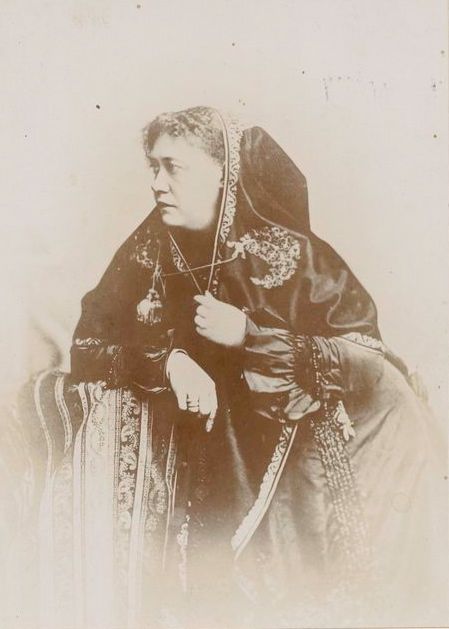
Her Maternal Grandfather was a Freemason
Helena’s maternal grandfather, Prince Pavel Dolgorukov, was a Rosicrucian Freemason. He was allegedly also part of the Rite of Strict Observance.
The Rite of Strict Observance was formed by Baron Karl Gotthelf von Hund and with progressive castes conferred by order of Strict Observance.
Her Grandfather Met Comte de Saint Germain
According to the book Madame Blavatsky by Gary Lachman, Helena said her grandfather had met a man named Comte de Saint Germain, who gave him a manuscript that had predicted the metamorphosis of nearly the whole of the European continent in every detail, beginning with the French revolution.
Comte de Saint Germain was a 17th-century European adventurer and philosopher with many fantastical tales. He was known as “The wonderman,” and his life story is very obscured, much like Madame Blavatsky’s.
Many people believed that he was immortal and was “a man who knows everything.”
Helena Was Stubborn
Helena was described as very rebellious, ungovernable, and strong-willed. She began to retreat away from her world of aristocracy, and she immersed herself in the world of the esoteric.
As a child, Helena claims she was “possessed with a firm belief in the existence of an invisible world of the super-mundane and the sub-mundane spirits being inextricably blended with the life of each mortal.”
Around this time, she claims to have experienced things like astral projection and visions of a mysterious Indian man she called Master Morya. Her sister described Helena as “the strangest girl one had ever seen.” The Orthodox nurses she was surrounded with believed that the devil possessed her.
She Was Married to A Vice Governor
When Helena was 17, she married Nikifor Vladimirovich Blavatsky on July 7, 1849. Nikifor Blavatsky was more than twice her age at the time and was Vice Governor of the Province of Erivan.
Helena later said of their marriage in a letter;
“Do you know why I married old Blavatsky? Because, whereas all the young men laughed at ” magical” superstitions, he believed in them!….”
Helena also goes on to say that although she got married to Blavatsky and lived under his roof for a year, they never consummated the marriage. She maintains that she was celibate until the end and had never actually been anyone’s wife.
Shortly after her marriage to Blavatsky, she left him. Her family was not pleased with her decision, so they sent her to St Petersburg, where her father resided.
Helena, however, had no plan of going to her father’s. So she ditched her servants, who were supposed to accompany her to St Petersburg on the way, and instead made her way alone to Constantinople.
She Took A World Tour
After Constantinople, Helena traveled extensively through Asia, the United States, Europe, and Africa. She first went to Greece and Cairo before heading to Paris, where she got involved with some spiritualists. It is at this time she is alleged to have gone into trances.
Later, she went to England, where she is said to have finally met the mysterious Indian man that she had visions of as a child in the flesh; Master Moya.
Master Moya then gives her a mission to go to Tibet, where she could master the spiritual powers that were developing at the time. But before heading to Tibet, she traveled to the United States, went on through Central America, and ended up going to India in 1852, where she stayed for a bit.
She tried to get into Tibet but was unsuccessful due to its remote location and the fact that entry into Tibet was very, very controlled. She ends up reuniting with her family in Russia. While in Russia, they noticed quite a lot of changes in her.
They said that Helena had developed some strange psychic powers. For example, they noticed unusual whisperings, sometimes rapping noises through the house, and other strange phenomena like the furniture moving of its own accord.
Helena later admitted that she was the cause of these paranormal activities, but she wasn’t doing them intentionally, as she had no control over them.
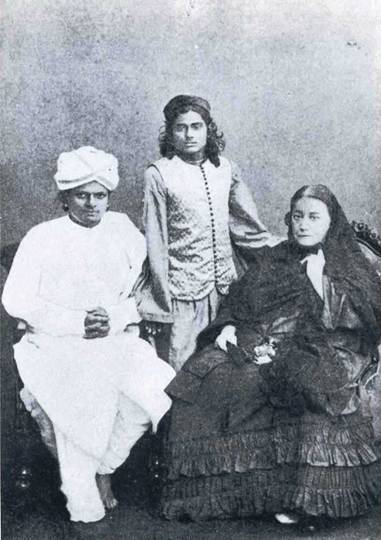
Helena, with Colonel Henry, Form A New Club
Helena Blavatsky moved to New York in the spring of 1873 at the age of Forty-two. A year later, she met Colonel Henry Steele Olcott.
Colonel Henry had fought in the civil war but got malaria, so he became a war correspondent. He was the first-ever agricultural editor for the New York Tribune.
He was also very well connected and was one of 3 people assigned to investigate the assassination of US President Abraham Lincoln. Henry had a keen interest in spiritualism, and Helena Blavatsky wowed him with her spiritual dexterity and psychic powers.
Helena and Henry formed a group they called the Mystery Club.
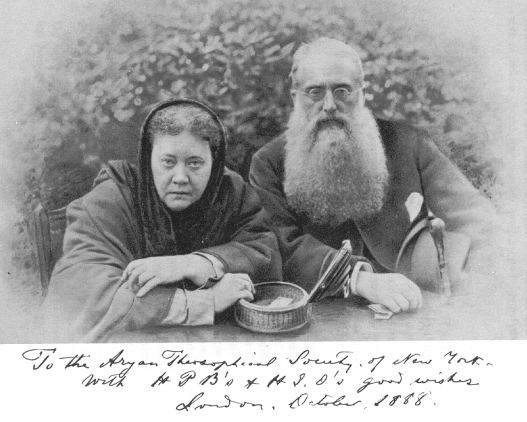
New Group, The Theosophical Society
On September 7, 1975, Helena Blavatsky, Colonel Henry Olcott, and around 17 others decided to form a group called the Theosophical Society.
This group was dedicated to researching and studying the occult; thus, Theosophy was born. Theosophy is a blend of the words “Theos” meaning God, and “Sophia,” meaning wisdom.
The society was founded to achieve the following:
● To be the hub of the Universal Brotherhood of Humanity, without bias based on sex, caste, color, or creed.
● To encourage the study of Philosophy, Sciences, and Comparative Religion and demonstrate the importance of the study.
● To investigate unexplained laws of Nature and the psychical powers latent in man.
Theosophists hated the monopoly of power that religion had over people’s thoughts but also disliked the lack of spirituality in science. So, Theosophy aimed to enlighten scientific ideas with spirituality and mysticism.
However, they claimed to value objectivity and spirituality. They were also believers in all things that involved esoteric, strange, and occult. Their motto was, “there is no religion higher than the truth.”
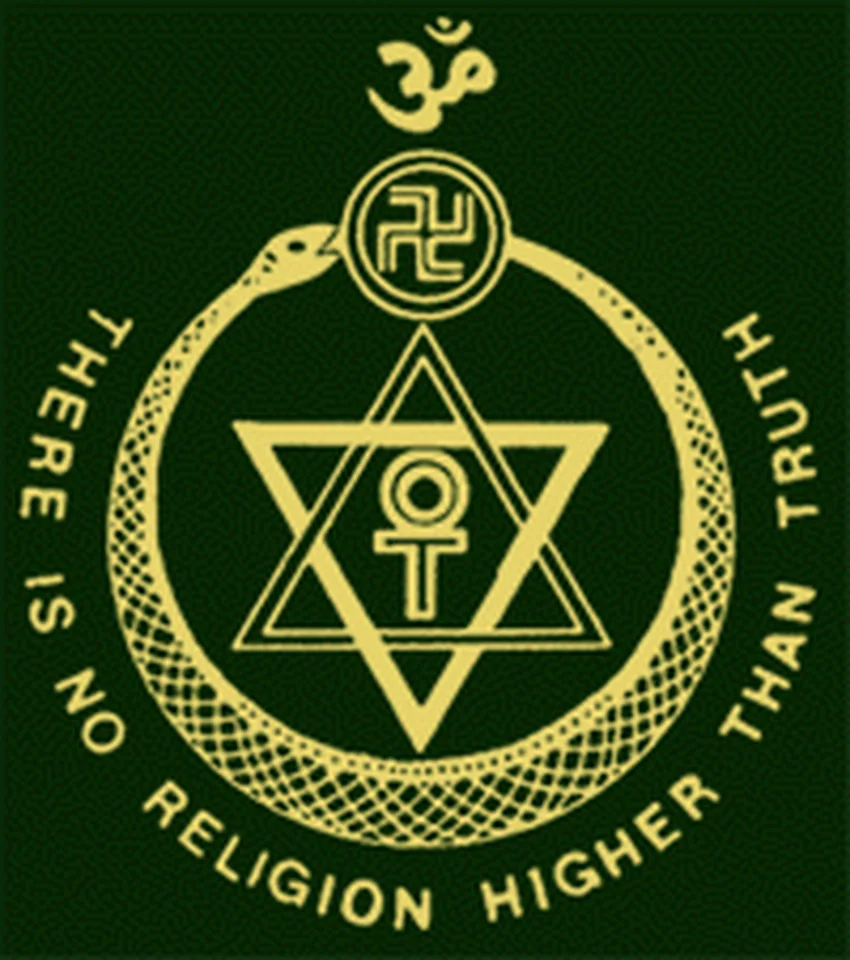
The Theosophical Society Gets Its Headquarters
She and Colonel Henry Olcott later moved to India, where they continued to grow and expand the Theological Society.
They established the headquarters of the Theosophical Society in Adyar, close to Madras (now known as Chennai) in India. They also founded the first Theosophical Journal, The Theosophist, which is still being published.
She Took More Interest in Authoring Books
After founding the Theosophical Society, Madame Helena started working on articles and books expressing her ideas’ core.
She wrote several books, but the most popular ones were Isis Unveiled, written in 1877, and The Secret Doctrine, written in 1888. Many of these writings, especially the Secret Doctrine, were written by divine revelations or inspirational writing.
The idea that she was receiving information telepathically while writing her books adds to her mysticism.
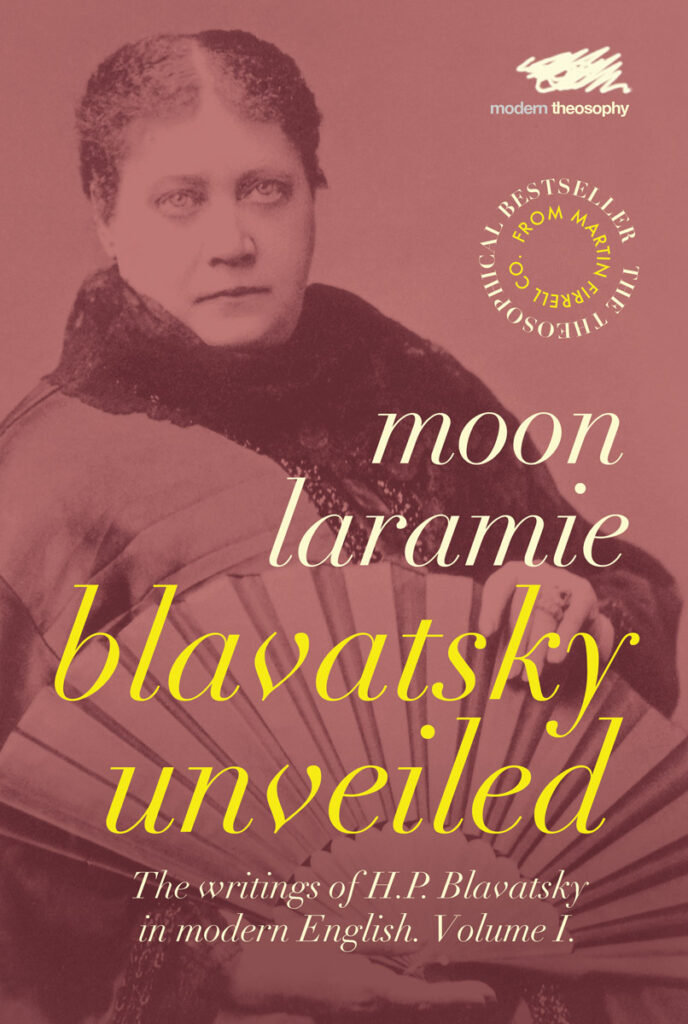
Einstein and Dawkin Confirmed Helena’s Scientific Assertions
Helena Blavatsky created, in some sense, a theoretical basis in many areas of science in her writings. She also wrote about ultrasound, DNA, photons a lot more.
For example, her book “The Secret Doctrine” spoke about the visibility of atoms, that atoms stay in constant motion. At the time of Madame Blavatsky, scientists considered atoms indivisible and believed they were not mobile.
The general mass-energy relationship developed later in 1905 by Albert Einstein in his special Theory of Relatively proved Madame Blavatsky’s assertion correct.
Madame Blavatsky first described the universe’s structure as an unknowable pulsating Essence. Decades later, the incredibly brilliant physicist, Stephen Hawking, discovered that the Earth constantly pulsates, contracts, and expands.
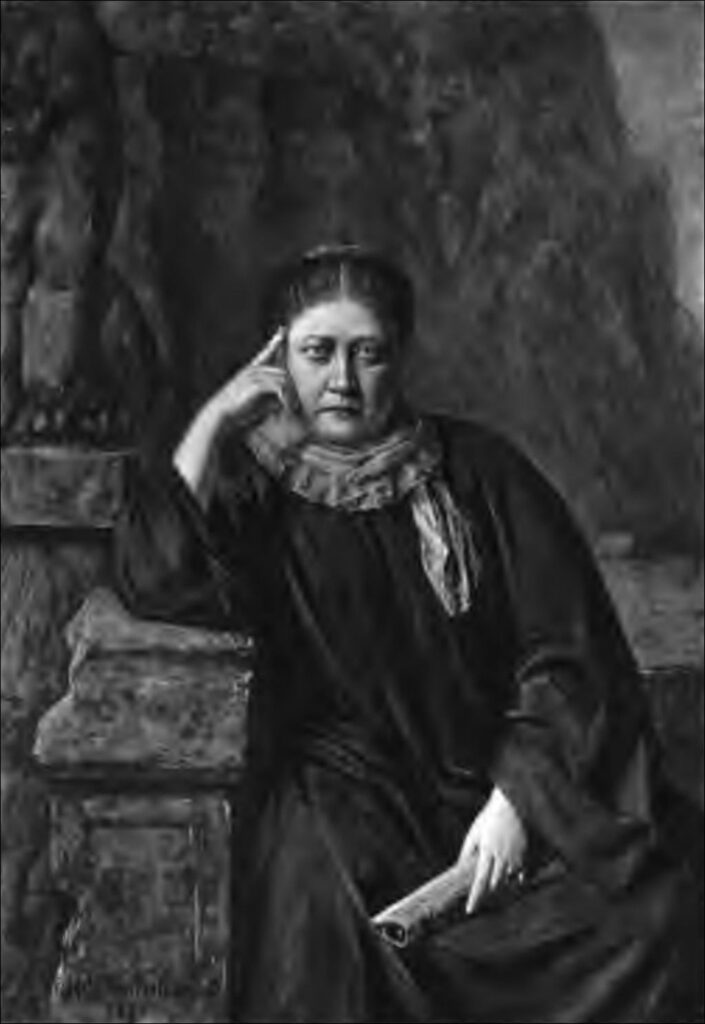
She Established More Societies to Promote the Theosophical Ideology
In May 1887, Madame Blavatsky formed The Blavatsky Lodge of the Theosophical Society in London, which was established to promote Theosophical ideology.
She also established the Esoteric Section of the Theosophical Society in October 1888, a school meant for the deeper study of Esoteric Philosophy by dedicated students.
She Met Gandhi
In November 1889, Madame Blavatsky met with the great Mahatma Gandhi, who is widely considered one of the most outstanding political and spiritual leaders of the 20th century.
Gandhi later became an associate member of the Blavatsky Lodge. Gandhi remarked, “Theosophy is Hinduism in theory, and Hinduism is Theosophy in practice.”
Her Last Words
On May 8, 1891, Helena Petrovna Blavatsky passed away in London, England, during a raging flu epidemic. After being diagnosed earlier with Bright’s disease, she had already been down with bad health. Her final words were said to be:
“Keep the link unbroken! Do not let my last incarnation be a failure.”
Her body was cremated on May 11, 1891, at the Woken crematorium. Theosophists commemorated the date of her passing every year as White Lotus Day.

